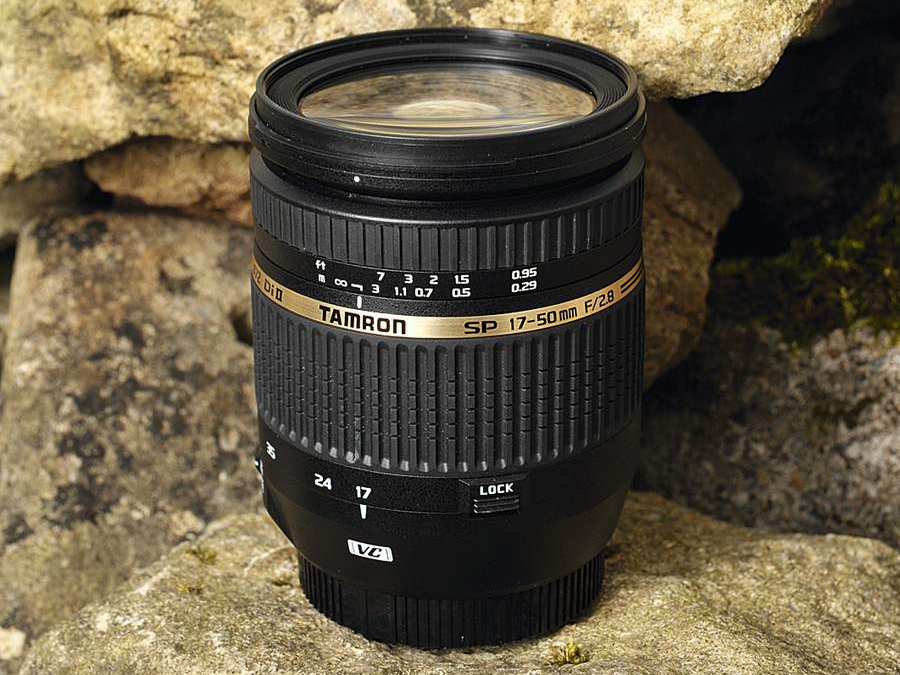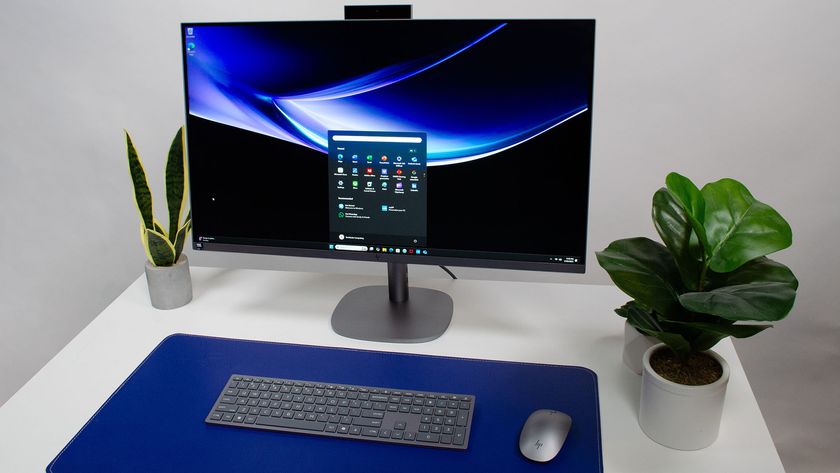TechRadar Verdict
Outperforms similarly priced lenses, but quality control could be an issue
Pros
- +
Fast f/2.8 constant-aperture
- +
Good sharpness
Cons
- -
No full-time manual override
Why you can trust TechRadar
Most of the alphabet seems to feature at some point in the Tamron's full title, but these abbreviations promise plenty of features. SP signifies Super-Performance, based on three XR (Extra-Refractive) elements, an LD (Low-Dispersion) element and two Aspherical elements in its construction.
As a DI II lens, it's designed for SLRs with APS-C sensors, it has four-stop VC (Vibration Correction) and IF (Internal Focusing), so the front element neither extends nor rotates during focusing.
What's more remarkable is that this fast, constant-aperture f/2.8 lens has such a reasonable asking price. Only occasional corners are cut, such as the lens's fairly slow autofocus motor, along with a lack of full-time manual override, but autofocus is still very accurate.
Performance
The zoom ring isn't as smooth as the ones on some of the other lenses on test, but it doesn't feel unpleasant, and the focus ring is precise. We reviewed this lens back in issue 95 and were disappointed by the lack of sharpness when shooting at apertures larger than f/5.6.
The sample that we were sent this time around, however, was much more impressive. Sharpness at the centre of the frame was excellent even when shooting at f/2.8, and resolution only really dropped off at the extreme edges.
Couple this with a drop of £140 in the street price since we last reviewed it, and the Tamron optic is a bargain.
Tech Focus…
XR glass elements with an 'extra refractive index' are more effective at bending light, enabling the overall design of the lens to be more compact and lightweight.
Follow TechRadar Reviews on Twitter: http://twitter.com/techradarreview
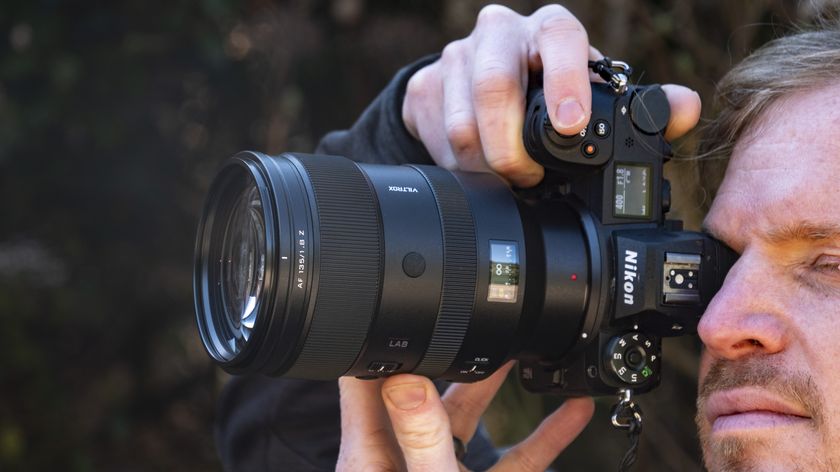
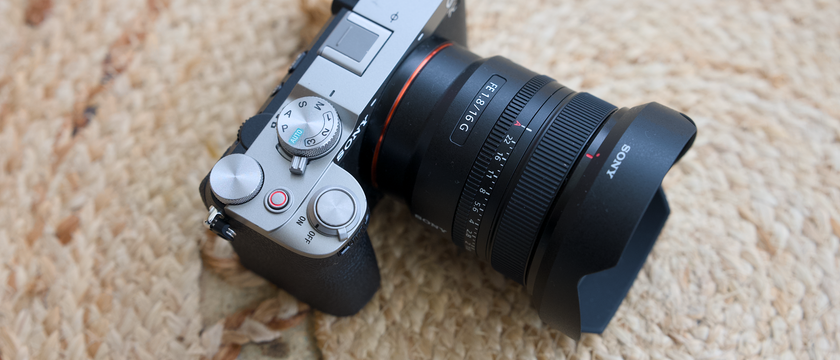
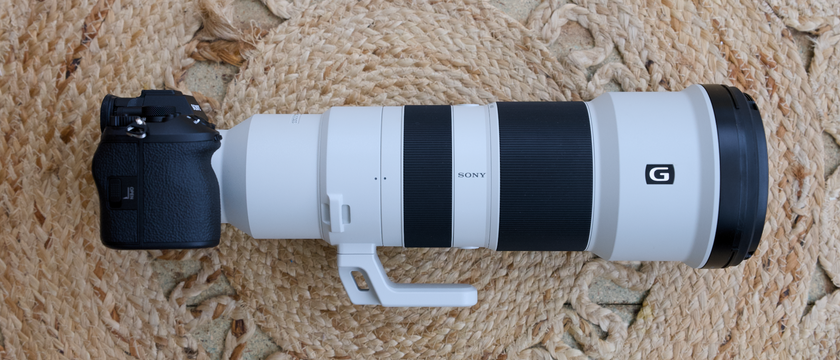
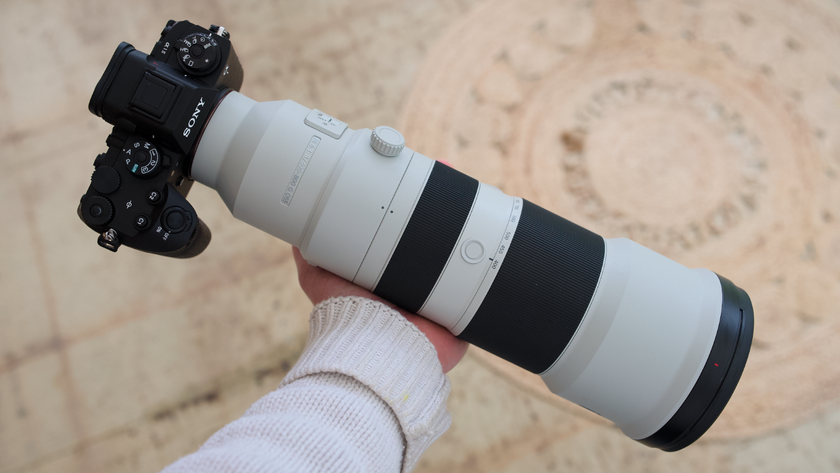
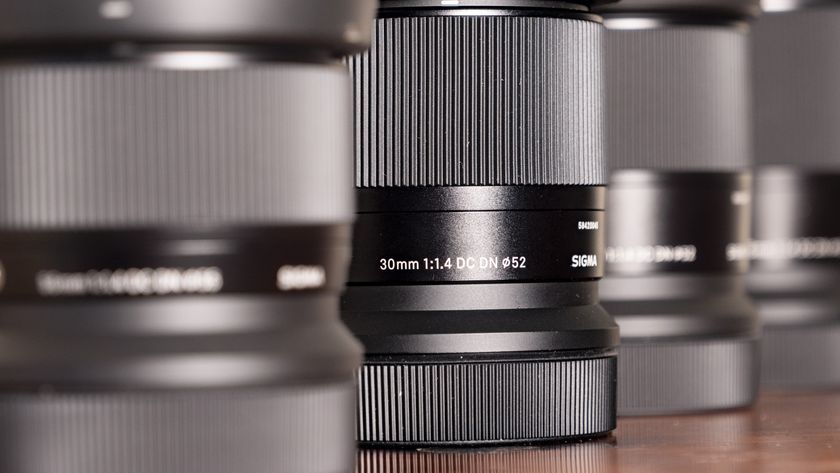
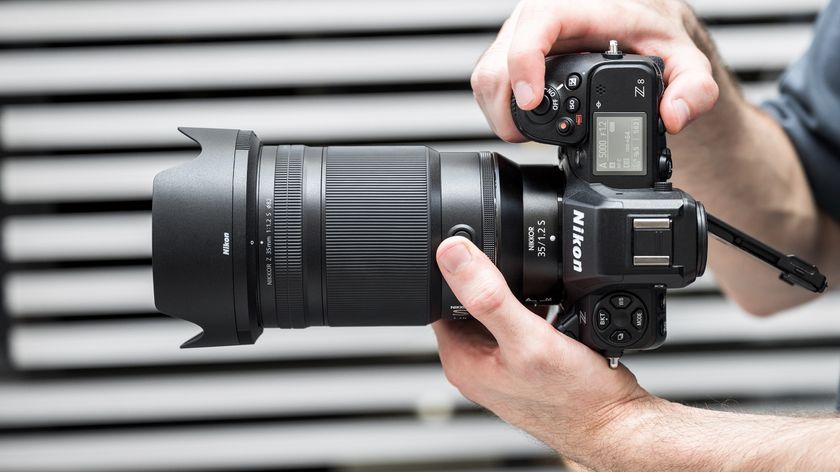







I've looked through hundreds of laptop deals in the Spring sales - this $599 Asus Vivobook has them all beat

One of the richest men in the world castigates the billions of dollars spent on buying laptops for US classrooms with no apparent improvements

Forget gas stations – EV charging Superhubs are using solar power to solve the most annoying thing about electric motoring
